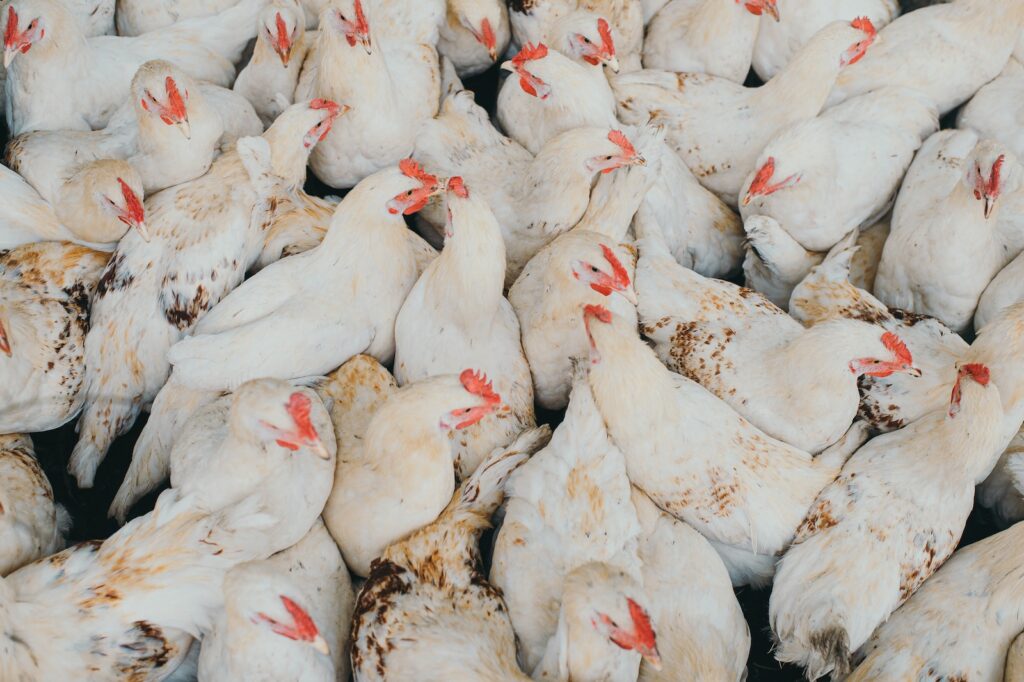Antibiotic-resistant deaths expected to rocket in latest food chain crisis
A number of leading financial institutions are putting pressure on the world’s biggest restaurant chain to limit the amount of antimicrobials in its supply chain, with potential environmental benefits to boot.
Legal & General Investment Management and Amundi are among the companies calling on McDonald’s to reduce the use of antibiotics in its livestock supply chain. Concerns are mounting that antibiotic-resistant infections could increase exponentially in the coming years due to overuse of drugs.
In 2019, 4.95million people succumbed to bacterial antimicrobial resistance. Putting it into context, the same year HIV/AIDS and malaria claimed 860,000 and 640,000 lives respectively. Estimates suggest that up to 10million people could die as a result of drug-resistant infections in a three decade period.
Currently, 66% of all antibiotics are used in farming, with intensive livestock practices a key driver. This agricultural model also has a higher contribution to emissions and agricultural pollution, with pigs, poultry and other food-producing animals able to be kept in poor conditions, with drugs preventing disease spreading quickly. Moving away from widespread antibiotics use would require an overhaul of other environmental policies and practices in many cases.
According to Statista, China is currently the leading consumer of antimicrobial drugs within the food supply chain, with 32,776 tonnes used in 2020 alone. This is followed by Brazil, India, the US, and Australia. All are expected to hold their positions until at least the end of this decade, if not further into the future. While strategies are rapidly being developed to bring drug use down, at the existing rate of progress a 1.5% increase in use over the next ten years is still likely.

More on agriculture and the environment:
Green Finance Institute publishes roadmap for farming transition
Image: Egor Myznik

















